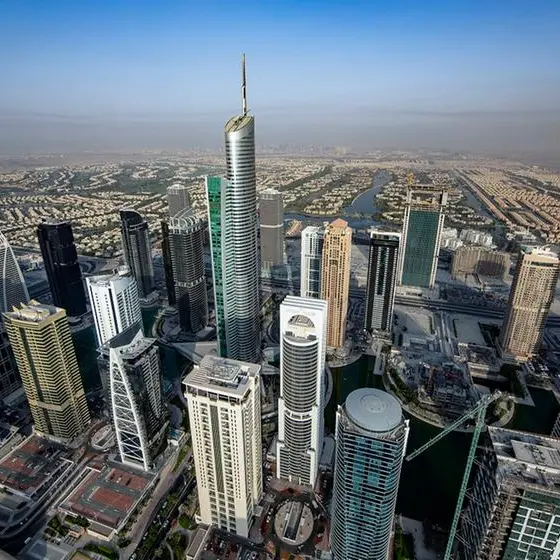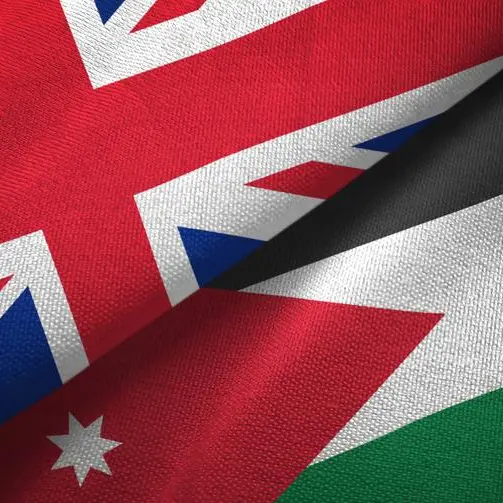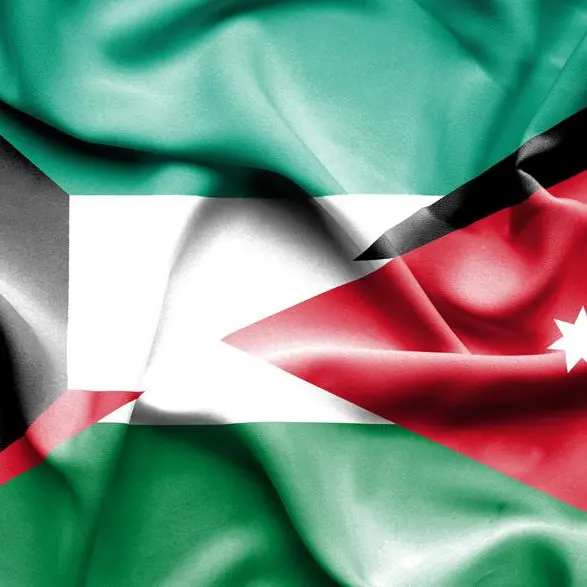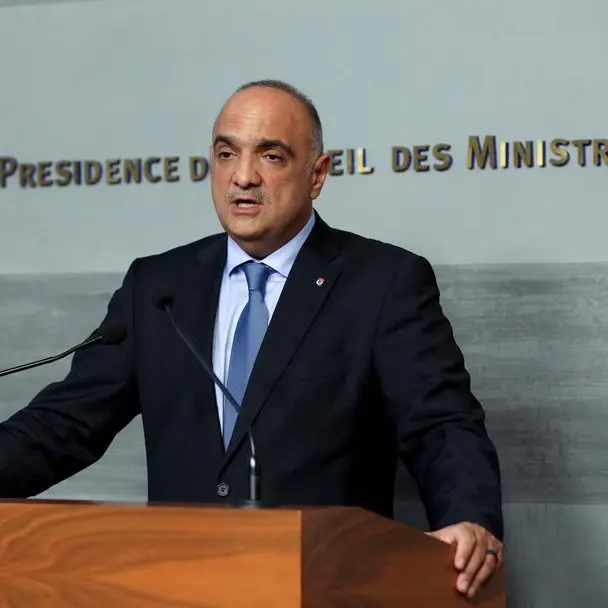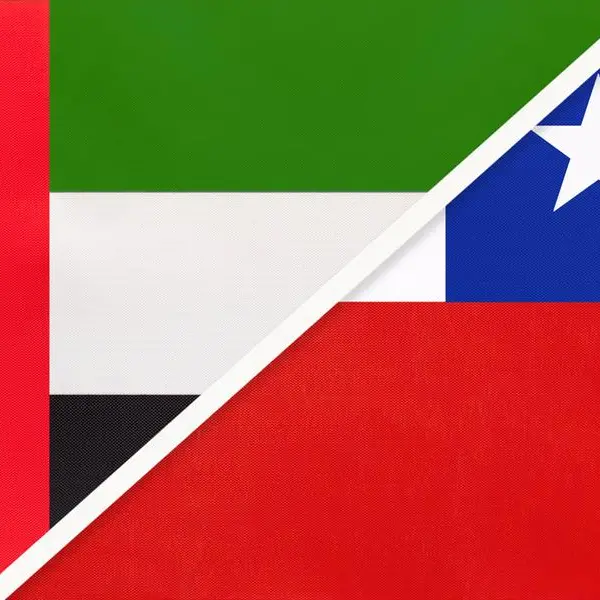PHOTO
The economies of Gulf Arab oil exporters are likely to recover this year, but at a slightly slower pace than previously expected, while a rapid build-up of debt in the region is a concern, the International Monetary Fund said in a report on Wednesday.
Last year, weak oil prices and OPEC-led production cuts depressed economic activity across the six member states of the Gulf Cooperation Council (GCC) - Saudi Arabia, the United Arab Emirates, Kuwait, Qatar, Oman and Bahrain. The bloc's real gross domestic product fell 0.2 percent in 2017 as Saudi Arabia, its largest economy, saw its first economic contraction since 2009.
The IMF now expects growth in the GCC economies to accelerate to 1.9 percent this year and by 2.6 percent in 2019, largely thanks to a continued recovery in non-oil activity as fiscal consolidation slows. That is still a far cry, however, from an average rate of economic expansion of 4.9 percent seen in 2000-2014.
"The key message that we have for this year is that growth is improving… helped by global recovery that is gaining momentum," Jihad Azour, director of the IMF's Middle East and Asia department told a news conference in Dubai on Wednesday.
But a sharp tightening of global financial conditions, growing trade tensions, and geopolitical strains could trigger potentially significant fiscal and financing pressures for many countries in the region, affecting prospects for continued fiscal consolidation and economic recovery.
Saudi Arabia, the region's top economy at $684 billion, is likely to grow 1.7 percent in real terms in 2018 after a 0.7 percent contraction last year, the IMF said in its regular regional economic update.
That is more than the 1.1 percent forecast by the IMF last October, but still one of the slowest growth rates in the region. The kingdom's GDP growth is seen edging up only marginally to 1.9 percent next year, well below that of the less oil dependent UAE, which the IMF forecasts to grow 3.0 percent.
The diplomatic rift and economic blockade of Qatar by Saudi Arabia and the UAE has only had a very limited direct impact on the GCC economies, Azour said, but it may affect investment sentiment if it was to stay in a longer term.
Among the region's oil importers, the outlook for Egypt has improved relative to the October 2017 forecast with growth now projected to rise to 5.2 percent in fiscal year 2018 from 4.2 percent last year and accelerate further to 5.5 percent in fiscal year 2019, aided by an increase in gas production.
Fiscal gaps
In its new update, the IMF cut its 2018 oil GDP growth forecasts for most GCC countries, saying the medium-term outlook for oil prices remained highly uncertain and subdued despite the upward revision of oil price assumptions for 2018 and 2019 relative to last October.
Strong compliance with OPEC-led production cuts, robust demand and supply disruptions in the Middle East are likely to lift the average price of Brent crude to above $67 a barrel this year, a Reuters poll showed this week. The IMF pencilled in oil prices to average $62 a barrel in 2018 and $58 in 2019 as its outlook assumptions, Azour said.
However, that is still way below the level most GCC governments need to balance their budgets with the fiscal break-even oil price for Saudi Arabia and the UAE at $87.9 and $71.5 a barrel this year, respectively, which will keep their public finances in the red.
"We believe that reduction of deficit is a priority," Azour said. "There are still important measures to be introduced on the expenditure side."
Saudi Arabia is likely to see its fiscal gap shrink to 7.3 percent of GDP this year and 5.6 percent in 2019 from 9.0 percent last year, while the UAE's fiscal shortfall is forecast at 1.4 percent in 2018 and 0.8 percent next year.
Only Kuwait and Qatar are expected to show fiscal surpluses this year and next.
Each $10 reduction in the price of oil leads to an instantaneous deterioration of 3 percentage points of GDP in the fiscal balance of the Middle East oil exporters, which apart from the GCC also include Algeria, Iraq, Iran and Libya, the IMF report said.
Debt concerns
Although public debt remains manageable for most regional oil exporters, the rapid build-up of debt in many of them is a cause for concern, the IMF said.
Debt has increased by an average of 10 percentage points of GDP each year since 2013, with countries financing large fiscal deficits through a combination of drawdowns of buffers where available, and increased domestic and foreign borrowing.
The slower pace of fiscal consolidation, weak growth prospects, and the possibility of higher financing costs due to the expected monetary policy tightening in advanced economies are likely to continue to drive debt levels upward.
“Given anticipated financing needs—cumulative overall fiscal deficits are projected to reach $294 billion in 2018–22, while cumulative government debt amortizations amount to $71 billion for the same horizon — countries are increasingly vulnerable to a sudden tightening of global financial conditions,” the IMF said.
"In countries where we have a high level of debt, an increase in interest rates could have an adverse impact on their ability to improve their fiscal situation," Azour added.
"It is very important for countries that have already a higher level of debt, for example Bahrain and Oman, to maintain the pace of fiscal consolidation in order to reduce the level of deficit and also to reduce reliance on borrowing," he said.
Taking account of the gross financing needs for 2018, a 200 basis point increase in interest rates would add between 0.1 and 0.6 percent of GDP a year to interest payments in the region's oil exporters, increasing existing fiscal challenges, the report showed.
An additional amount of $312 billion of non-government-issued international debt of which almost 40 percent corresponds to state-owned enterprises is coming due over the next five years.
(Reporting by Martin Dokoupil; Editing by Shane McGinley)
(shane.mcginley@thomsonreuters.com)
Our Standards: The Thomson Reuters Trust Principles
Disclaimer: This article is provided for informational purposes only. The content does not provide tax, legal or investment advice or opinion regarding the suitability, value or profitability of any particular security, portfolio or investment strategy. Read our full disclaimer policy here.
© ZAWYA 2018

